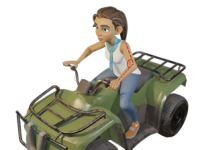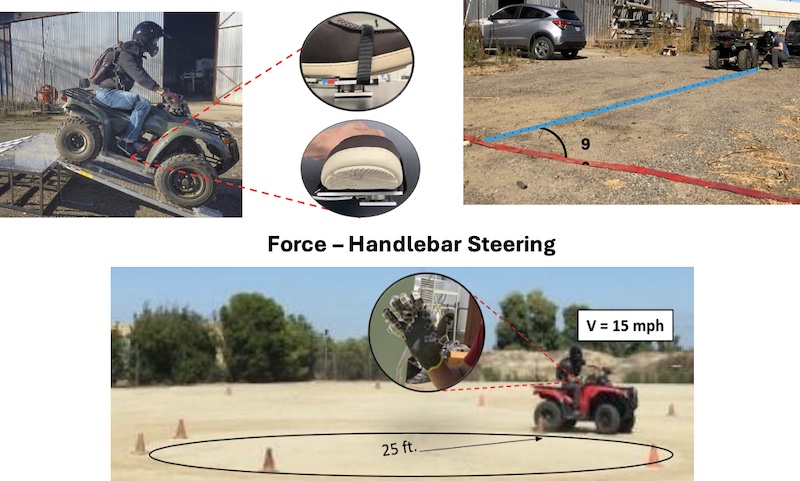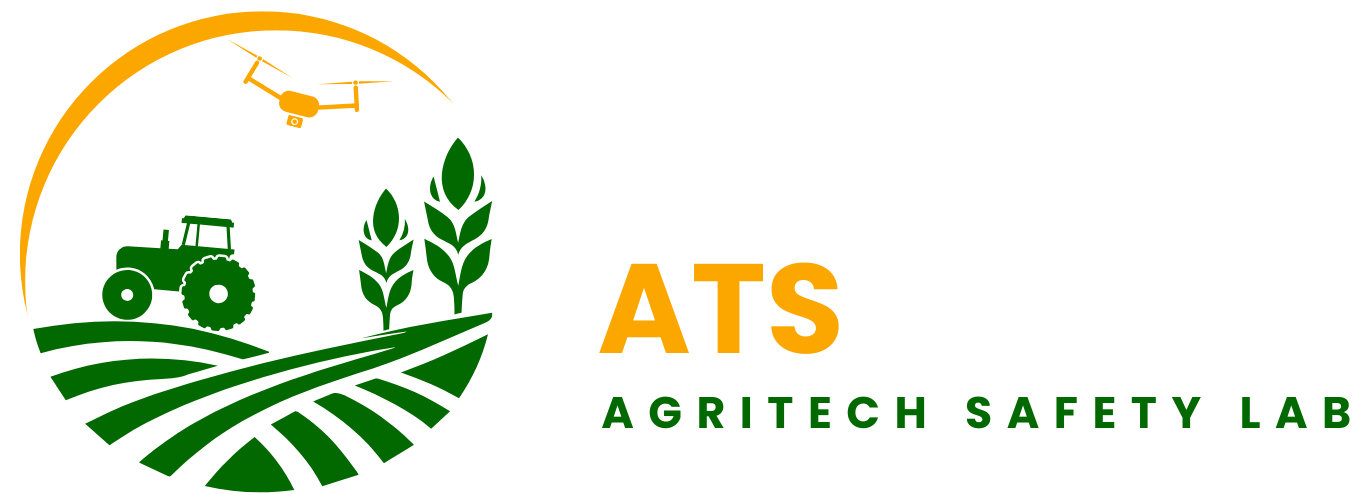Many agricultural ATVs are designed for adult male riders, creating reachability, strength, and control challenges for youth and female operators. Our research aims to identify mismatches between rider capabilities and ATV design, ensuring safer and more inclusive use of these vehicles.
The ATV Fitment & Safety Checklist is being developed to assist parents, employers, and guardians in evaluating whether an operator meets the physical requirements for safe ATV operation.
Checklist Focus Area
Appropriate ATV size recommendations based on the operator's strength, anthropometric dimensions, and field of vision.

Minimum required strength levels for activating different ATV controls.

Required training and PPE.
Key Research Findings
Extensive field testing, simulations, and ergonomic assessments revealed several safety concerns:
- Children and smaller operators struggle to properly reach and engage ATV controls, increasing incident risks.
- Break and steering force requirements often exceed their physical capabilities, making sudden stops and turns difficult.
- Field of view limitations impact hazard awareness and reaction time.
- There is a need for ATV design modifications for smaller riders.
Technology and Tools Used
Vive Tracking System – To captures the ATV dimensions with 1 mm accuracy for simulating ATV

Ergonomic Force Measurements – Determines the minimum strength needed to operate ATV controls.

ATV Fitment App Development – Provide step-by-step instructions for assessing the physical capabilities and readiness of youth operating a specific ATV.
Funding and Collaboration
The youth research is funded by CDC/NIOSH as part of the National Children's Center for Rural and Agricultural Health and Safety (NCCRAHS) five-year renewal project. This project integrates findings from youth ATV safety studies and female operator ergonomic evaluations funded by a Central States Center for Agricultural Safety and Health (CS-CASH) seed grant, ensuring that ATV design considerations accommodate a female operator.
Why This Research Matters
- Improves ATV safety for youth and female agricultural workers by identifying physical mismatches.
- Reduces injury risks associated with poor reachability and control accessibility (reachability, strength and field of vision).
- Provides data-driven (personalized) recommendations for safer ATV operation.
Related Links & Additional Resources
- Keeping Youth Safe on Agricultural ATVs
- NIOSH Pledges $6 Million for Child Agricultural Injury Prevention
- Capabilities and Limitations of Youth Operating Agricultural ATVs
